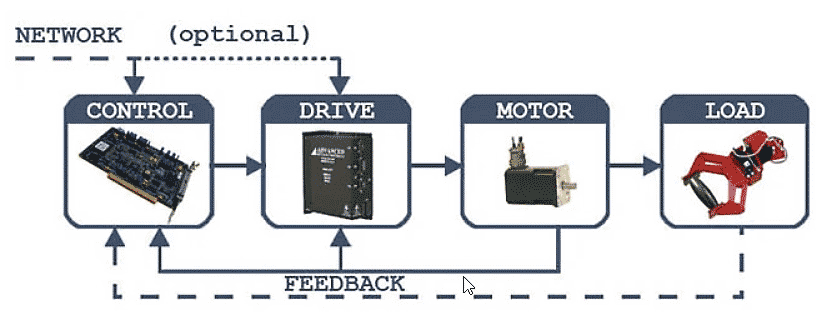When manufacturing tolerances shrink to the micron, and part geometries become increasingly complex, the margin for measurement error disappears. In this space—where even thermal drift or mechanical vibration can invalidate results—motion control becomes not just a component but a cornerstone of accuracy. And not all motion systems are created equal.
|
ADVERTISEMENT |
High-performance motion control platforms, like those engineered by ADVANCED Motion Controls (AMC), go far beyond standard servo positioning. They deliver real-time responsiveness, nanometer-level resolution, and embedded intelligence that traditional systems can’t match. This article explores how the right motion control architecture transforms metrology from a passive measurement task into an active, intelligent process—and why the difference between “good enough” and “high end” matters more than ever.
Precision starts with motion: Why metrology depends on motion control

…

Add new comment